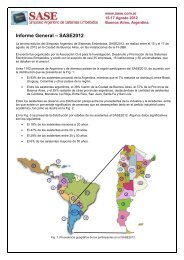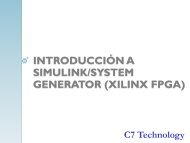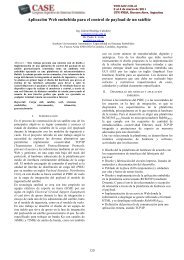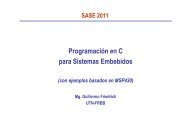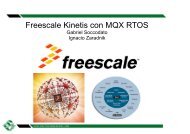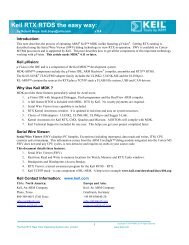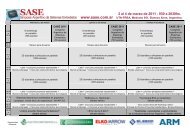You also want an ePaper? Increase the reach of your titles
YUMPU automatically turns print PDFs into web optimized ePapers that Google loves.
IEEE 1149.1 (JTAG) Overview<br />
The JTAG ecosystem begins with IC designers embedding test logic in each chip and<br />
connecting internal registers in the chip to JTAG scan chains. The hardware components<br />
of IEEE 1149.1 consist of:<br />
• TAPs. Four mandatory pins are: TDI (test data in), TDO (test data out), TMS (test mode<br />
select), and TCK (test clock). An optional TRST/reset pin is also defined. When driven<br />
low, it resets the internal state machine.<br />
• TAP controller: A finite state machine with 16 states with TMS and TCK as its inputs.<br />
Outputs include ClockDR, UpdateDR, shiftDR, ClockIR, UpdateIR, ShiftIR, Select, Enable,<br />
TCK, and the optional TRST.<br />
• Instruction register.<br />
• Test data register.<br />
Test engineers use these structures as the access points for built-in self-test (BIST).<br />
Together, JTAG and BIST are widely used to deploy low overhead embedded test<br />
solutions that detect static faults such as shorts, opens, and logic errors.<br />
– For software debugging, design engineers use an in-circuit emulator to access an on-chip<br />
debug module, which is integrated into the CPU over the JTAG interface. This debug<br />
module provides software developers the ability to load, run, halt, and step the CPU.<br />
32




